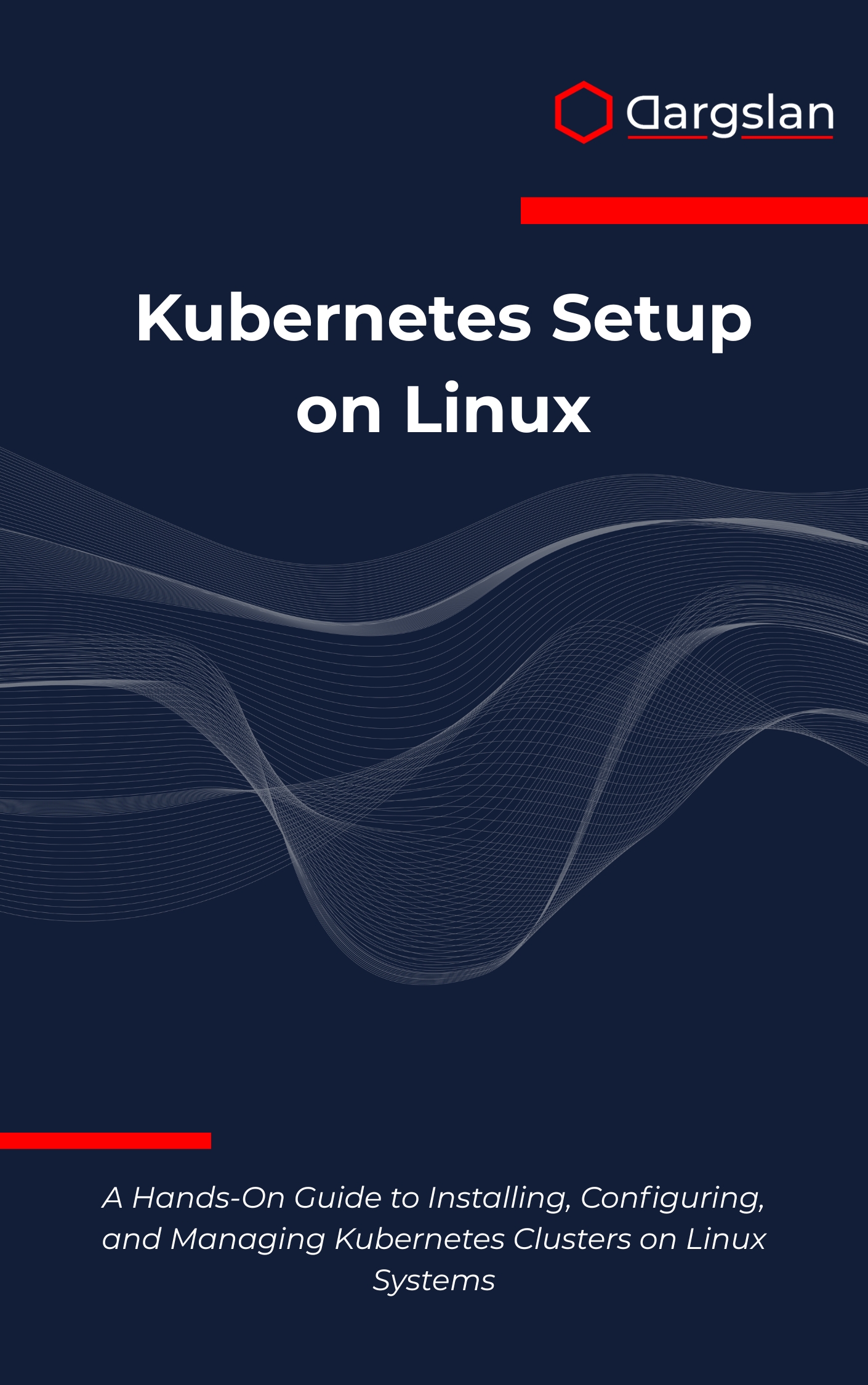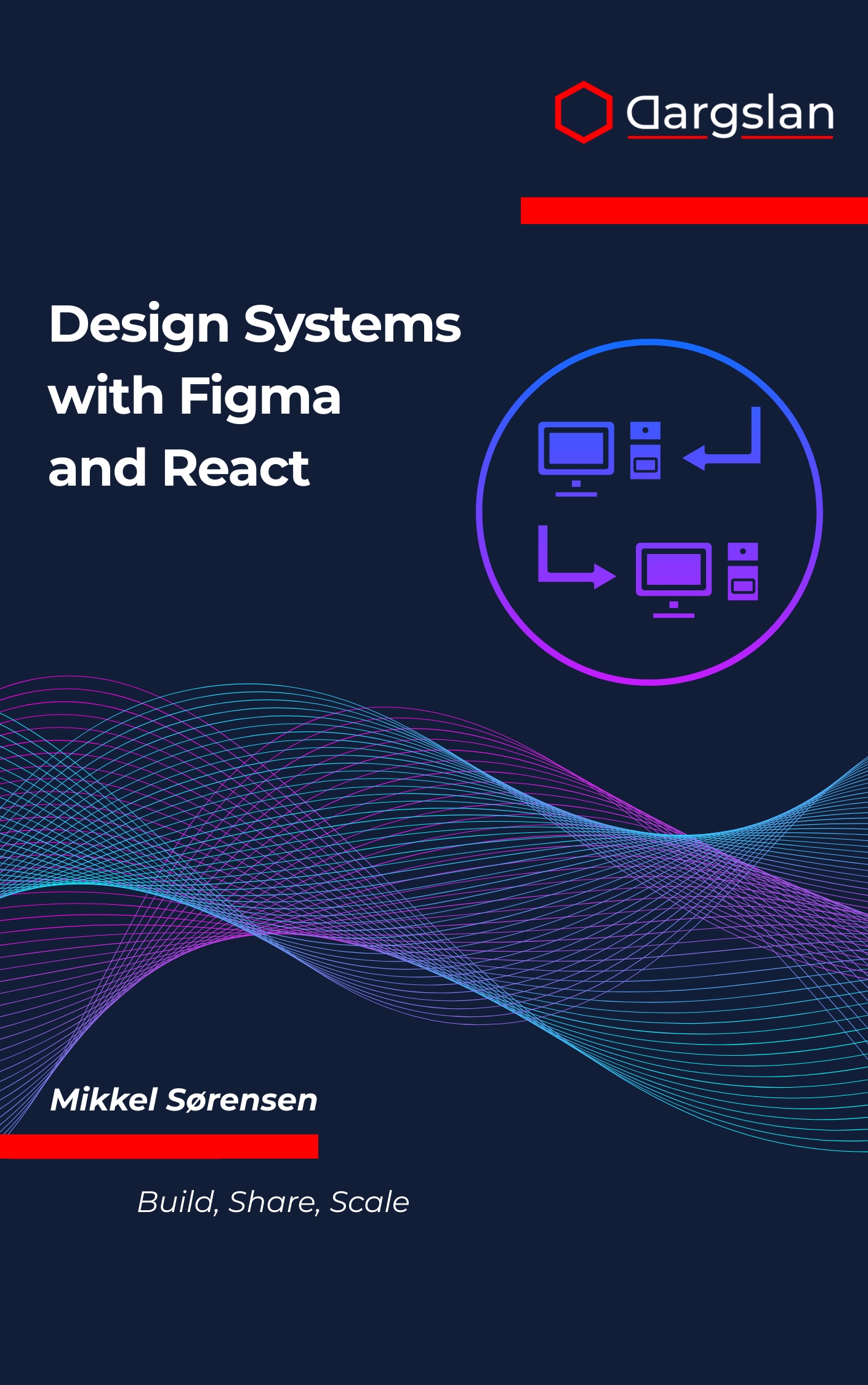Kubernetes Setup on Linux
Kubernetes Deployment and Management on Linux Systems,Deploy and manage Kubernetes on Linux with real-world container orchestration examples.

Containers have reshaped how modern applications are built and shipped. If you’re ready to stand up reliable clusters on Linux and run them at scale, this practical guide shows you exactly how to do it—step by step.
From first install to day‑2 operations, you’ll learn proven techniques to deploy faster, harden security, and troubleshoot with confidence in real production environments.
A Hands-On Guide to Installing, Configuring, and Managing Kubernetes Clusters on Linux Systems
Overview
Kubernetes Setup on Linux: A Hands-On Guide to Installing, Configuring, and Managing Kubernetes Clusters on Linux Systems is a practical technical book and programming guide designed for teams operating on Linux. It delivers an end-to-end blueprint for Kubernetes installation with kubeadm cluster setup, Linux container runtime configuration, cluster networking with CNI plugins, persistent storage integration, and application deployment using Kubernetes manifests. You’ll master monitoring and logging, security best practices including RBAC implementation, backup strategies and disaster recovery planning, automation for repeatable builds, scaling patterns for growth, and systematic troubleshooting—making this indispensable as an IT book for production-ready operations.
Who This Book Is For
- System administrators and Linux engineers who want a clear, reliable path from single-node containers to multi-node orchestration, including networking, storage, and secure access controls.
- DevOps engineers and SREs seeking repeatable workflows to design HA control planes, automate kubeadm bootstrap, enforce RBAC, and build observability for dependable releases.
- Developers and platform teams ready to ship resilient services with manifests, policies, and pipelines—level up your Kubernetes literacy and become a go-to operator in your organization.
Key Lessons and Takeaways
- Provision a production-ready cluster on Linux—install prerequisites, configure container runtimes (containerd/CRI-O), perform kubeadm init/join, and validate nodes with health checks and conformance testing.
- Design robust cluster networking—compare CNI plugins, implement pod and service networking, tune MTU and IP ranges, and apply network policies that segment traffic without breaking app connectivity.
- Integrate persistent storage—map workloads to StorageClasses, use PersistentVolumeClaims effectively, and plan for performance, reliability, and backup across stateful applications.
- Ship applications with confidence—organize Kubernetes manifests, apply labels and annotations for discoverability, implement rolling updates and rollbacks, and manage configuration with ConfigMaps and Secrets.
- Build observability from day one—stand up monitoring and logging pipelines, define actionable SLOs, collect metrics and traces, and troubleshoot with kubectl, events, and targeted log queries.
- Harden the control plane and workloads—apply security best practices, tailor RBAC implementation to least-privilege roles, enforce admission controls, and secure cluster endpoints.
- Plan for failure and recover fast—establish backup strategies for etcd and critical manifests, validate disaster recovery procedures, and practice restoration drills to reduce RTO and RPO.
- Automate everything—codify cluster builds, standardize bootstrap with kubeadm, use Git-driven workflows for manifests, and script operational runbooks for repeatable results.
- Scale reliably—right-size nodes, use autoscaling techniques, plan multi-tenant capacity, and benchmark workloads so growth never surprises your infrastructure.
- Troubleshoot methodically—apply a structured approach to isolate root causes across networking, scheduling, storage, and permissions, turning outages into learning opportunities.
Why You’ll Love This Book
Every chapter converts theory into practice with concise explanations, step-by-step guidance, and realistic Linux-focused exercises. You’ll find configuration examples, checklists, and decision frameworks that remove guesswork from complex cluster tasks. The result is a hands-on path to mastering day‑0 through day‑2 operations that you can apply immediately at work.
How to Get the Most Out of It
- Follow the path from foundations to production—start with cluster essentials, proceed through networking and storage, then tackle observability, security, and scaling before advanced automation.
- Work in a lab first—spin up a small Linux environment, replicate examples with kubeadm, exercise CNI options, and commit your Kubernetes manifests to version control for repeatability.
- Practice with mini-projects—deploy a three-node cluster, onboard a stateful app with persistent storage, implement least‑privilege RBAC, set up backups, and run a controlled failure to rehearse disaster recovery and troubleshooting.
Get Your Copy
Build a reliable, secure, and scalable cluster on Linux with a guide that keeps you moving forward—from installation to real-world operations. Start applying proven patterns today.




